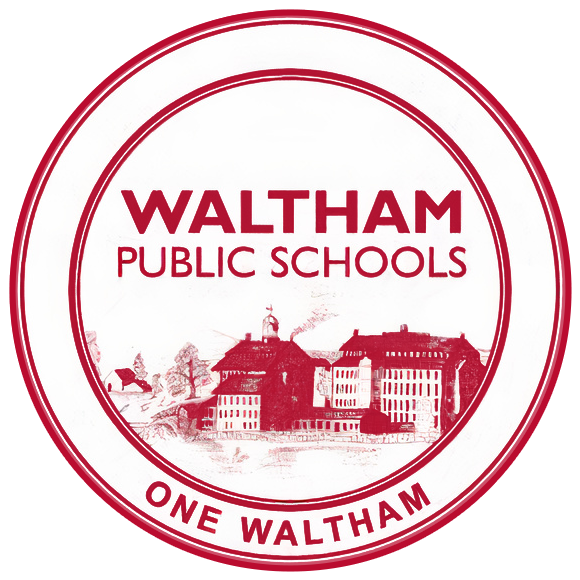This course provides opportunities for in-depth examination of events and concepts of the evolution of the community of Waltham. Starting from its earliest beginning to Colonial, Federal, and subsequent time periods through modern day. The transition from agrarian, to industrial, to technological, to bio-tech and modern-day industries. Assignments from the readings, analysis of primary sources, and supplemental readings are required.
Unit | Timeframe | Big Ideas (Statements or Essential Questions) | Major Learning Experiences from Unit |
|---|---|---|---|
Colonial Waltham 1000-1781 | September 4 weeks | Mythological History (Viking legends); Winthrop’s expedition and early settlement; Puritan place names; Waltham as a precinct of Watertown; history in the graveyard - exploring the Old Burying Ground; April 19th, 1775: What really happened in Waltham?; Waltham in the Revolution | Students will:
Assessments include:
|
Waltham in the Early Republic 1780-1820 Architecture in Waltham 1700-1900 | October -Early November 4 Weeks | Agrarian economy; Early industry; The Lymans and the Vale; The Gores and Gore Place Historic Buildings - Identifying architectural styles (Early Period, Georgian, Federal, Greek Revival, Gothic, Italianate, Mansard; Queen Anne, Romanesque) | Students will:
Assessments include:
|
Waltham in the Industrial Revolution 1814-1930 | November- Early December 4 Weeks | Overview of the Industrial Revolution - Establishment of the Boston Mfg. Co. and Waltham Bleachery; Francis Cabot Lowell & the Boston Associates; Mill Girls; Impact on Waltham; Death of the N.E. Textile Industry | Students will:
Assessments include:
|
Charles River & Recreation | December 3 Weeks | Boat Houses, dance halls (Nutting's-on-the-Charles), beaches, river carnivals; Cornelia Warren and Cedar Hill; downtown theaters (the Embassy Theater) | Students will:
Assessments include:
|
The Waltham Watch Company 1850-1954 | January 4 Weeks | Founding of Waltham Watch; history of the company (1850-1954); working conditions; impact on Waltham; why the Watch Company closed | Students will:
Assessments include:
|
Immigration in Waltham | February 3 Weeks | Old Immigrants; New Immigrants; Immigrants Since 1965; immigrant neighborhoods; employment opportunities; immigrant churches; discrimination; interpreting Waltham censuses; oral history | Students will:
Assessments include:
|
Waltham's Neighborhoods | March 5 Weeks | How Waltham developed - mill neighborhoods, geographic neighborhoods, immigrant neighborhoods, 20th century developments; development of Moody Street shopping district; development of Main Street; decline of neighborhoods | Students will:
Assessments include:
|
The Government of Waltham Stonehurst: The Robert Treat Paine Estate | April 5 Weeks | The Executive Branch (Mayor); the Legislative Branch (City Council); the School Committee; responsibilities of local government; the budget and sources of revenue; how to vote; running for office Exterior architecture; interior architecture; history of the Paine family; lives of Paine family servants; Frederick Law Olmsted and the landscaping | Students will:
Assessments include:
|
The Transportation Revolution: The Metz Automobile Company Modern Waltham
Final | May 4 Weeks | Overview of transportation in Waltham: Waltham Manufacturing Company (bicycles) and Metz Automobile Company; importance of transportation in Waltham’s development 20th Century architecture (bungalows, Dutch Colonials, Art Deco, colonials, ranches; split levels, Capes, contemporary); Rise of Rt. 128: America's Technological Highway; Successes, Problems, and Challenges | Students will:
Assessments include:
|
